
I am, by my nature, a glass-half-full sort of guy. And while I tend to display that outlook generally, it is even more apparent in my Kentucky football fandom. I have very little difficulty rationalizing even the soundest of throttlings, and am almost always able to convince myself that my beloved Cats are destined to win the next one, regardless of opponent. I believe that this sort of optimistic perspective, while admittedly somewhat delusional, is one of only two legitimate ways to remain a loyal Kentucky fan while simultaneously avoiding being designated a ward of the state. (The other is, of course, the glass repeatedly full and then repeatedly empty approach.) That being said, I am now willing to put my traditional Pollyanna ways aside to offer a rare unbiased statement. Here goes. Kentucky is pretty bad on defense.
On the surface, one could blame the offense and special teams for much of the self-inflicted carnage that took place during Saturday night's humbling loss to Georgia. With four turnovers, a 100 yard kickoff return for touchdown and the failure to convert a fourth and six inches at Kentucky's own 38 yard line, that point is well taken. But as I watched from my KSR football guru perch located in stately section 221, I was more taken with what seemed to be a complete lack of competitive football by the Kentucky defense. The Cats gave up a school record (sound familiar?) five rushing touchdowns to Washaun Ealey.
The defense also allowed Georgia to score touchdowns on all five red zone opportunities. In short, on the few opportunities Kentucky had to make a significant stand, the defense failed to make it happen.
Saturday night's effort was not, of course, all that inconsistent with the effort seen in the previous seven outings. Kentucky now stands
11th in the conference in rushing and scoring defense. And while they have not exactly been the Steel Curtain on any portion of the field, the Cats are the
worst in the league in the red zone, giving up scores on 30 of their 31 defensive opportunities. In other words, it has been a bend-and-then-consistently-break approach. These sobering statistics bring to mind the question of whether Kentucky is anywhere close to fielding a competitive defense. While the likelihood that this question can be answered in the affirmative during the present season seems unlikely, I believe
the current state of the roster does provide some real promise for defensive improvement in the future.
First, most of the players in Kentucky's current defensive rotation are young. In the official depth chart for Saturday's game with Mississippi State, Kentucky lists only
one senior defensive starter. Moreover, the depth chart names just four seniors in the defensive two-deep. This youth movement is further evidenced by Kentucky's defensive stats for the season. The first senior does not appear on Kentucky's season tackles leaders until Ricky Lumpkin at 13th.
The Cats have 11 freshmen and sophomores getting significant reps on the defensive side of the ball. Several of these players, such as Donte Rumph, Jewell Ratliff, Avery Williamson, Qua Huzzie and Nermin Delic, likely have higher athletic ceilings than those starting in front of them. And while it is by no means a given that a player will improve dramatically with age and experience, it appears that Kentucky's young players will provide an athletic upgrade once they gain a full grasp of the college game.
In addition to the players on the field, Kentucky's roster features additional players who may provide an upgrade in talent in 2011.
Barring a surprise late season move, Kentucky will redshirt eight freshmen recruited out of high school to play defense. Among these are five defensive linemen, an obvious need position for the Cats. (This would include former LSU signee Elliott Porter at defensive tackle as well as highly regarded ends Mike Douglas and Brice Laughlin.) Not included in the redshirt list is freshman Mister Cobble, who is sitting out the season for academic reasons. If Cobble makes it academically, he would likely become Kentucky's best defensive lineman the moment he steps on the field in 2011. Add these players to Kentucky's returning talent on the defensive line, and the position suddenly appears formidable.
Additional help should arrive in the fall with Kentucky's 2011 recruiting class.
Kentucky currently has commitments from nine defensive players, including its top ranked recruit, safety Glen Faulkner, a 4-star U.S. Army All-American from East St. Louis, Illinois. The Cats will also add highly regarded linebacker Tim Patterson in January, a grayshirting Central High Product who committed last winter but delayed enrollment. Of course, a commitment from Boyle County stud linebacker Lamar Dawson would be a welcomed addition as well.
I am certain that some will not be able to resist the urge to make this post a "fire Steve Brown" vehicle. I am not squarely in that boat just yet, but certainly think that position can be reasonably argued. My point is only this. Kentucky's defense, which had improved incrementally in recent years, is in a transitional stage due to the significant talent loss from the last two years. With the number of returning lettermen, and what appears to be an infusion of improved talent, Kentucky's defense will be appreciably better next season, regardless of who is calling the plays.
 I am, by my nature, a glass-half-full sort of guy. And while I tend to display that outlook generally, it is even more apparent in my Kentucky football fandom. I have very little difficulty rationalizing even the soundest of throttlings, and am almost always able to convince myself that my beloved Cats are destined to win the next one, regardless of opponent. I believe that this sort of optimistic perspective, while admittedly somewhat delusional, is one of only two legitimate ways to remain a loyal Kentucky fan while simultaneously avoiding being designated a ward of the state. (The other is, of course, the glass repeatedly full and then repeatedly empty approach.) That being said, I am now willing to put my traditional Pollyanna ways aside to offer a rare unbiased statement. Here goes. Kentucky is pretty bad on defense.
On the surface, one could blame the offense and special teams for much of the self-inflicted carnage that took place during Saturday night's humbling loss to Georgia. With four turnovers, a 100 yard kickoff return for touchdown and the failure to convert a fourth and six inches at Kentucky's own 38 yard line, that point is well taken. But as I watched from my KSR football guru perch located in stately section 221, I was more taken with what seemed to be a complete lack of competitive football by the Kentucky defense. The Cats gave up a school record (sound familiar?) five rushing touchdowns to Washaun Ealey. The defense also allowed Georgia to score touchdowns on all five red zone opportunities. In short, on the few opportunities Kentucky had to make a significant stand, the defense failed to make it happen.
Saturday night's effort was not, of course, all that inconsistent with the effort seen in the previous seven outings. Kentucky now stands 11th in the conference in rushing and scoring defense. And while they have not exactly been the Steel Curtain on any portion of the field, the Cats are the worst in the league in the red zone, giving up scores on 30 of their 31 defensive opportunities. In other words, it has been a bend-and-then-consistently-break approach. These sobering statistics bring to mind the question of whether Kentucky is anywhere close to fielding a competitive defense. While the likelihood that this question can be answered in the affirmative during the present season seems unlikely, I believe the current state of the roster does provide some real promise for defensive improvement in the future.
First, most of the players in Kentucky's current defensive rotation are young. In the official depth chart for Saturday's game with Mississippi State, Kentucky lists only one senior defensive starter. Moreover, the depth chart names just four seniors in the defensive two-deep. This youth movement is further evidenced by Kentucky's defensive stats for the season. The first senior does not appear on Kentucky's season tackles leaders until Ricky Lumpkin at 13th. The Cats have 11 freshmen and sophomores getting significant reps on the defensive side of the ball. Several of these players, such as Donte Rumph, Jewell Ratliff, Avery Williamson, Qua Huzzie and Nermin Delic, likely have higher athletic ceilings than those starting in front of them. And while it is by no means a given that a player will improve dramatically with age and experience, it appears that Kentucky's young players will provide an athletic upgrade once they gain a full grasp of the college game.
In addition to the players on the field, Kentucky's roster features additional players who may provide an upgrade in talent in 2011. Barring a surprise late season move, Kentucky will redshirt eight freshmen recruited out of high school to play defense. Among these are five defensive linemen, an obvious need position for the Cats. (This would include former LSU signee Elliott Porter at defensive tackle as well as highly regarded ends Mike Douglas and Brice Laughlin.) Not included in the redshirt list is freshman Mister Cobble, who is sitting out the season for academic reasons. If Cobble makes it academically, he would likely become Kentucky's best defensive lineman the moment he steps on the field in 2011. Add these players to Kentucky's returning talent on the defensive line, and the position suddenly appears formidable.
Additional help should arrive in the fall with Kentucky's 2011 recruiting class. Kentucky currently has commitments from nine defensive players, including its top ranked recruit, safety Glen Faulkner, a 4-star U.S. Army All-American from East St. Louis, Illinois. The Cats will also add highly regarded linebacker Tim Patterson in January, a grayshirting Central High Product who committed last winter but delayed enrollment. Of course, a commitment from Boyle County stud linebacker Lamar Dawson would be a welcomed addition as well.
I am certain that some will not be able to resist the urge to make this post a "fire Steve Brown" vehicle. I am not squarely in that boat just yet, but certainly think that position can be reasonably argued. My point is only this. Kentucky's defense, which had improved incrementally in recent years, is in a transitional stage due to the significant talent loss from the last two years. With the number of returning lettermen, and what appears to be an infusion of improved talent, Kentucky's defense will be appreciably better next season, regardless of who is calling the plays.
I am, by my nature, a glass-half-full sort of guy. And while I tend to display that outlook generally, it is even more apparent in my Kentucky football fandom. I have very little difficulty rationalizing even the soundest of throttlings, and am almost always able to convince myself that my beloved Cats are destined to win the next one, regardless of opponent. I believe that this sort of optimistic perspective, while admittedly somewhat delusional, is one of only two legitimate ways to remain a loyal Kentucky fan while simultaneously avoiding being designated a ward of the state. (The other is, of course, the glass repeatedly full and then repeatedly empty approach.) That being said, I am now willing to put my traditional Pollyanna ways aside to offer a rare unbiased statement. Here goes. Kentucky is pretty bad on defense.
On the surface, one could blame the offense and special teams for much of the self-inflicted carnage that took place during Saturday night's humbling loss to Georgia. With four turnovers, a 100 yard kickoff return for touchdown and the failure to convert a fourth and six inches at Kentucky's own 38 yard line, that point is well taken. But as I watched from my KSR football guru perch located in stately section 221, I was more taken with what seemed to be a complete lack of competitive football by the Kentucky defense. The Cats gave up a school record (sound familiar?) five rushing touchdowns to Washaun Ealey. The defense also allowed Georgia to score touchdowns on all five red zone opportunities. In short, on the few opportunities Kentucky had to make a significant stand, the defense failed to make it happen.
Saturday night's effort was not, of course, all that inconsistent with the effort seen in the previous seven outings. Kentucky now stands 11th in the conference in rushing and scoring defense. And while they have not exactly been the Steel Curtain on any portion of the field, the Cats are the worst in the league in the red zone, giving up scores on 30 of their 31 defensive opportunities. In other words, it has been a bend-and-then-consistently-break approach. These sobering statistics bring to mind the question of whether Kentucky is anywhere close to fielding a competitive defense. While the likelihood that this question can be answered in the affirmative during the present season seems unlikely, I believe the current state of the roster does provide some real promise for defensive improvement in the future.
First, most of the players in Kentucky's current defensive rotation are young. In the official depth chart for Saturday's game with Mississippi State, Kentucky lists only one senior defensive starter. Moreover, the depth chart names just four seniors in the defensive two-deep. This youth movement is further evidenced by Kentucky's defensive stats for the season. The first senior does not appear on Kentucky's season tackles leaders until Ricky Lumpkin at 13th. The Cats have 11 freshmen and sophomores getting significant reps on the defensive side of the ball. Several of these players, such as Donte Rumph, Jewell Ratliff, Avery Williamson, Qua Huzzie and Nermin Delic, likely have higher athletic ceilings than those starting in front of them. And while it is by no means a given that a player will improve dramatically with age and experience, it appears that Kentucky's young players will provide an athletic upgrade once they gain a full grasp of the college game.
In addition to the players on the field, Kentucky's roster features additional players who may provide an upgrade in talent in 2011. Barring a surprise late season move, Kentucky will redshirt eight freshmen recruited out of high school to play defense. Among these are five defensive linemen, an obvious need position for the Cats. (This would include former LSU signee Elliott Porter at defensive tackle as well as highly regarded ends Mike Douglas and Brice Laughlin.) Not included in the redshirt list is freshman Mister Cobble, who is sitting out the season for academic reasons. If Cobble makes it academically, he would likely become Kentucky's best defensive lineman the moment he steps on the field in 2011. Add these players to Kentucky's returning talent on the defensive line, and the position suddenly appears formidable.
Additional help should arrive in the fall with Kentucky's 2011 recruiting class. Kentucky currently has commitments from nine defensive players, including its top ranked recruit, safety Glen Faulkner, a 4-star U.S. Army All-American from East St. Louis, Illinois. The Cats will also add highly regarded linebacker Tim Patterson in January, a grayshirting Central High Product who committed last winter but delayed enrollment. Of course, a commitment from Boyle County stud linebacker Lamar Dawson would be a welcomed addition as well.
I am certain that some will not be able to resist the urge to make this post a "fire Steve Brown" vehicle. I am not squarely in that boat just yet, but certainly think that position can be reasonably argued. My point is only this. Kentucky's defense, which had improved incrementally in recent years, is in a transitional stage due to the significant talent loss from the last two years. With the number of returning lettermen, and what appears to be an infusion of improved talent, Kentucky's defense will be appreciably better next season, regardless of who is calling the plays.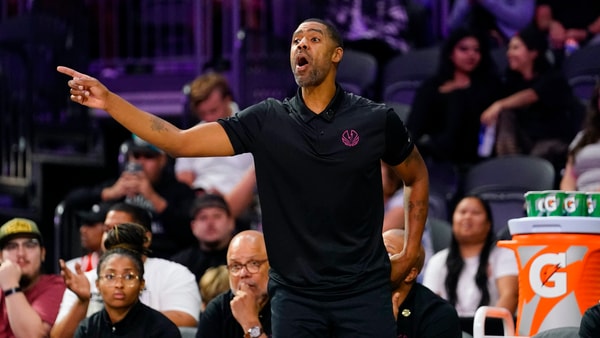
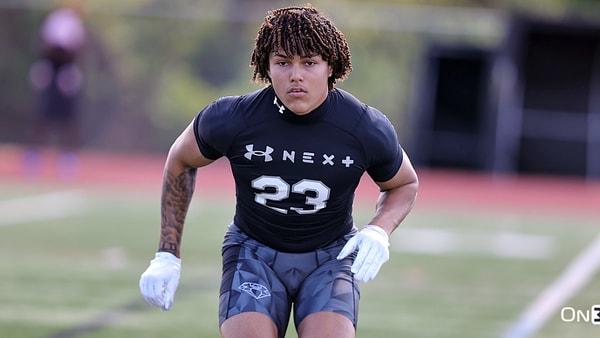
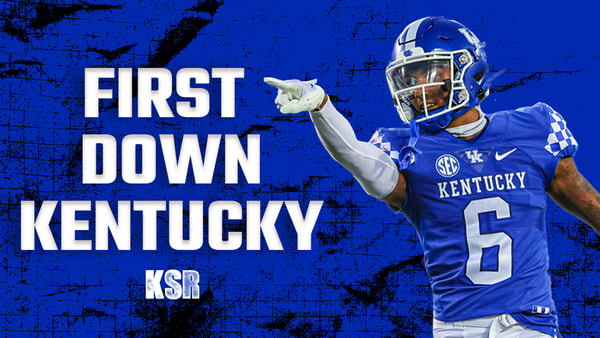
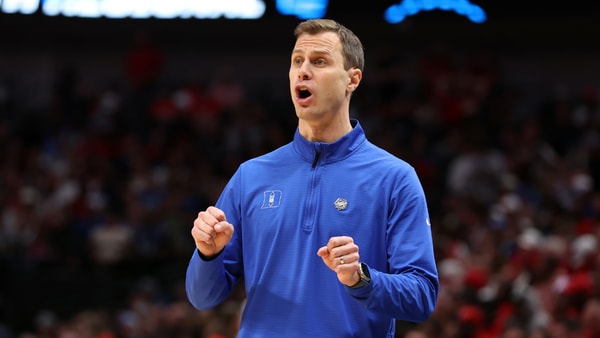
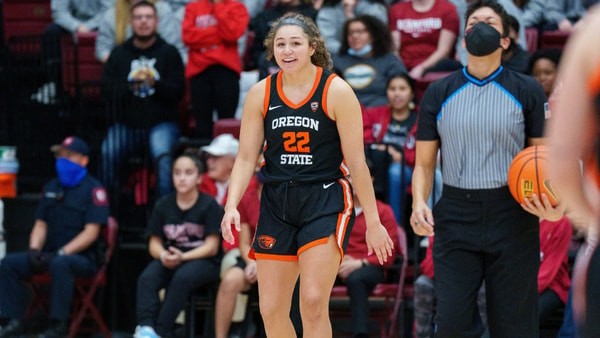
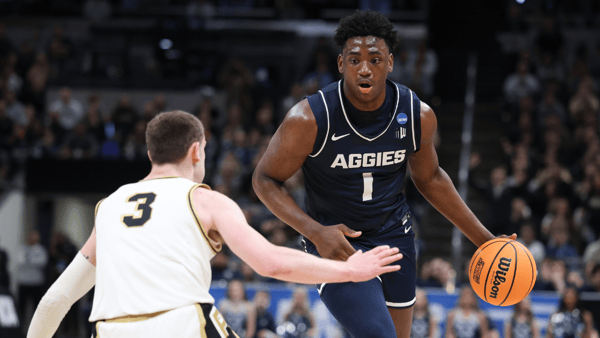
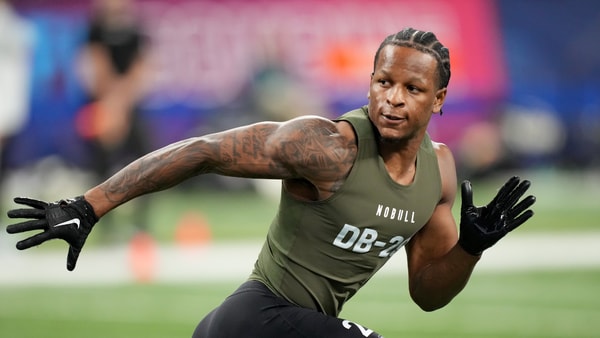
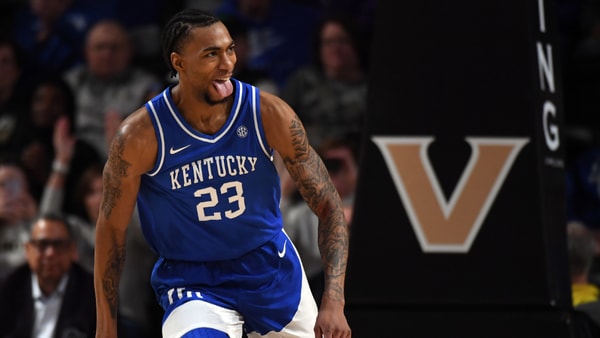
Discuss This Article
Comments have moved.
Join the conversation and talk about this article and all things Kentucky Sports in the new KSR Message Board.
KSBoard